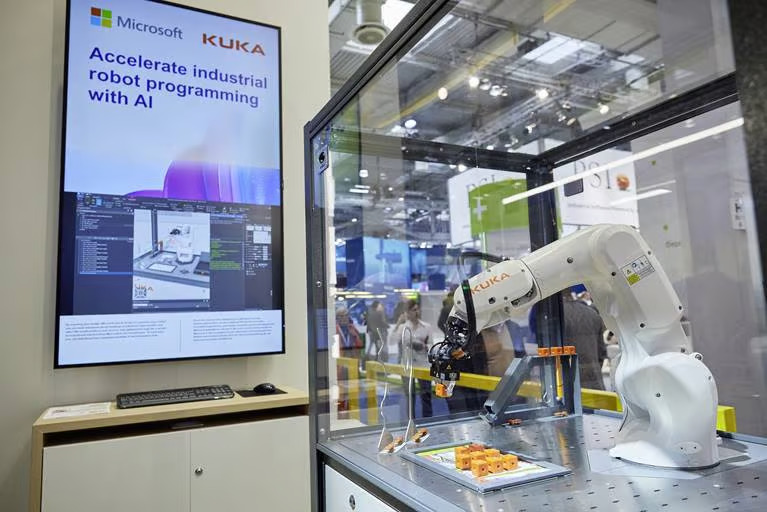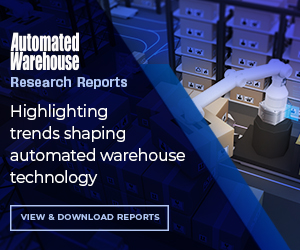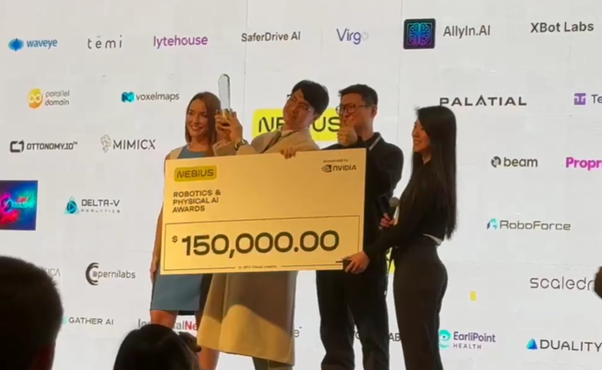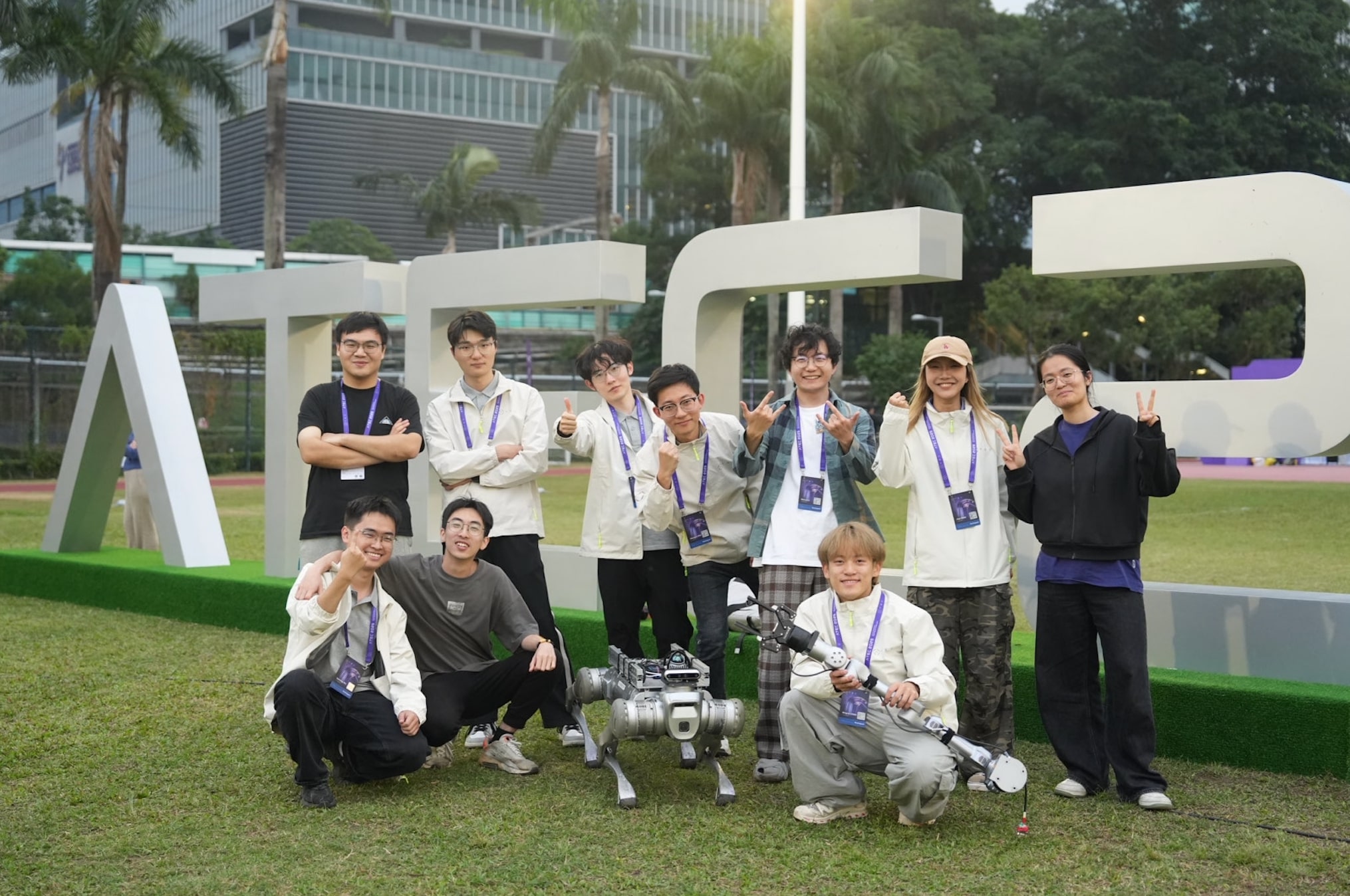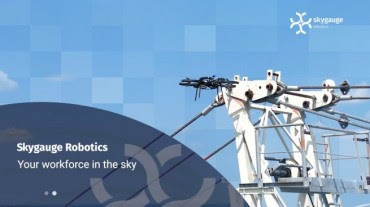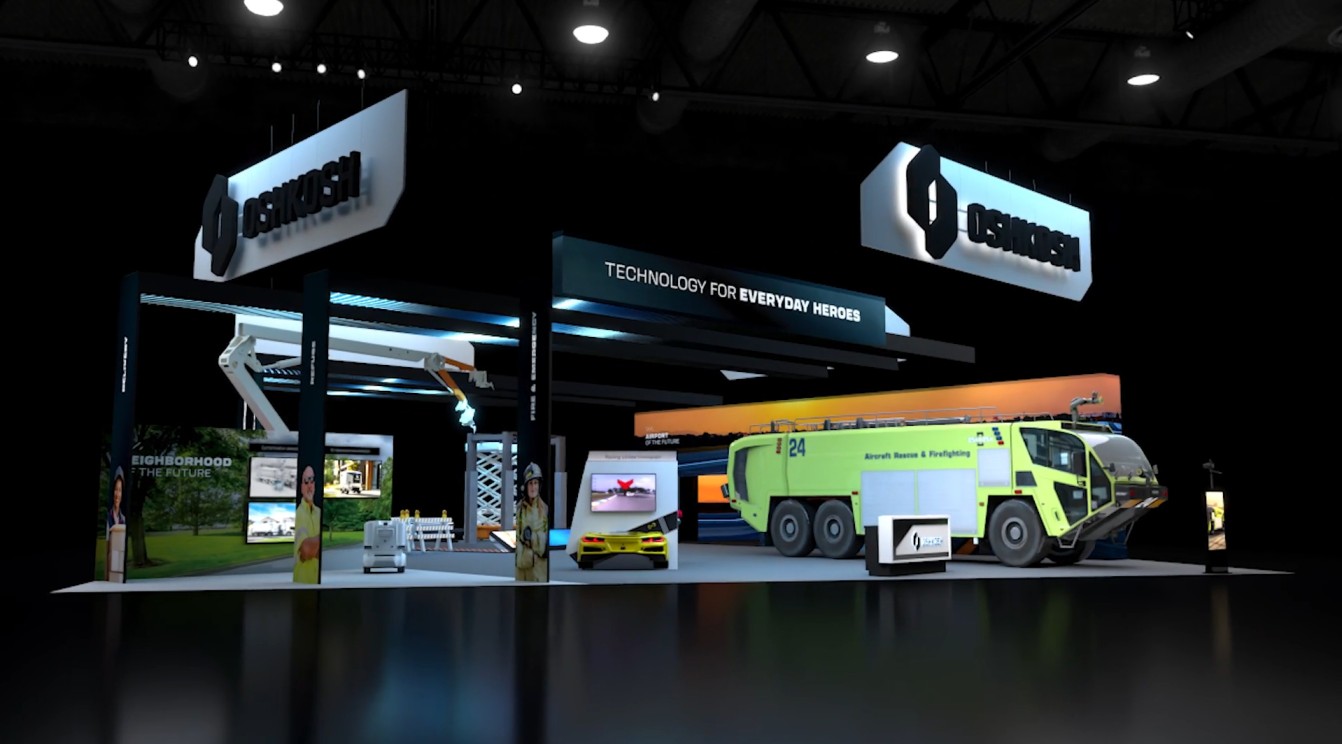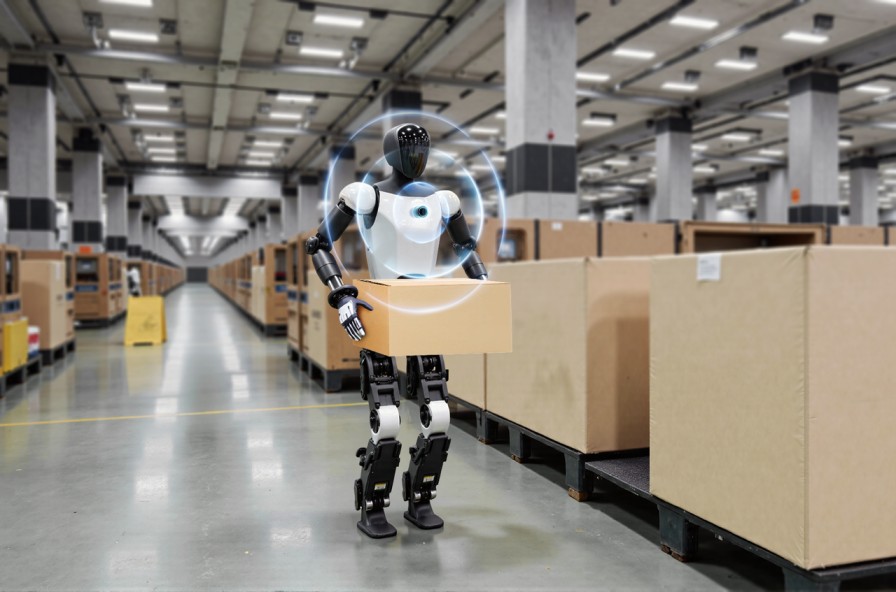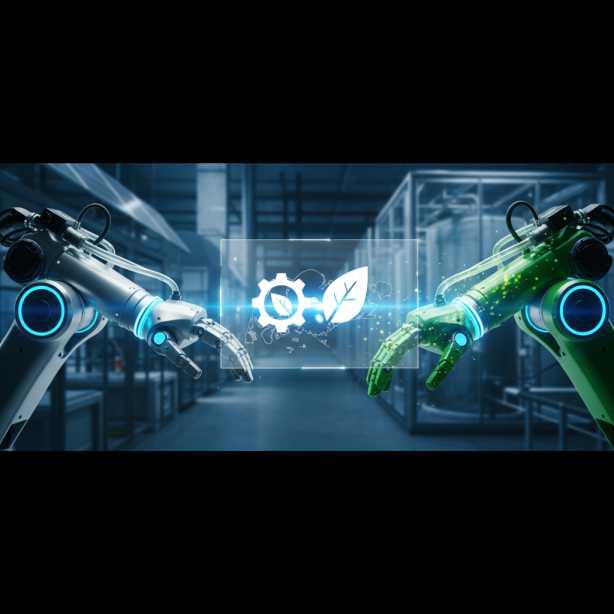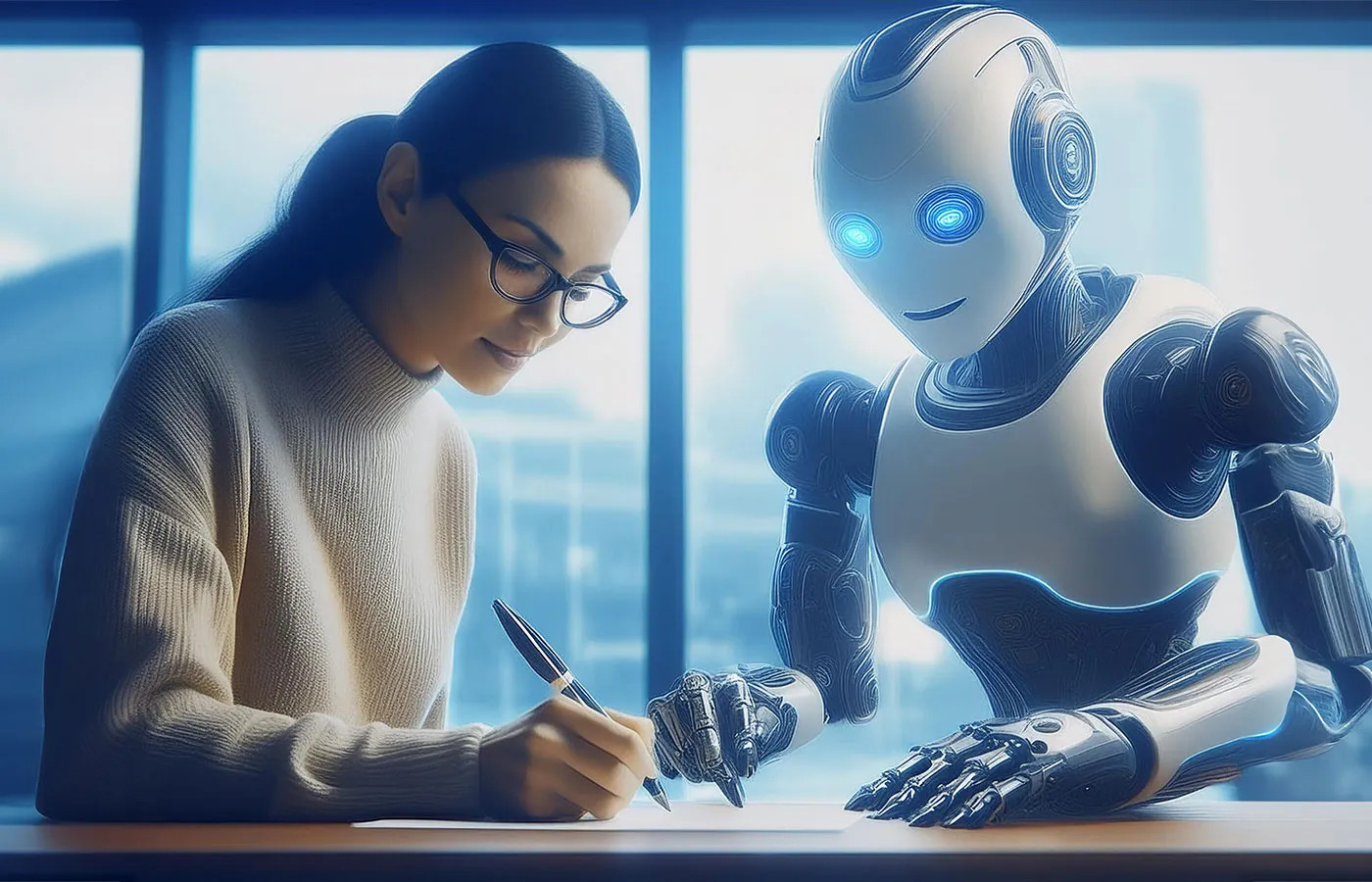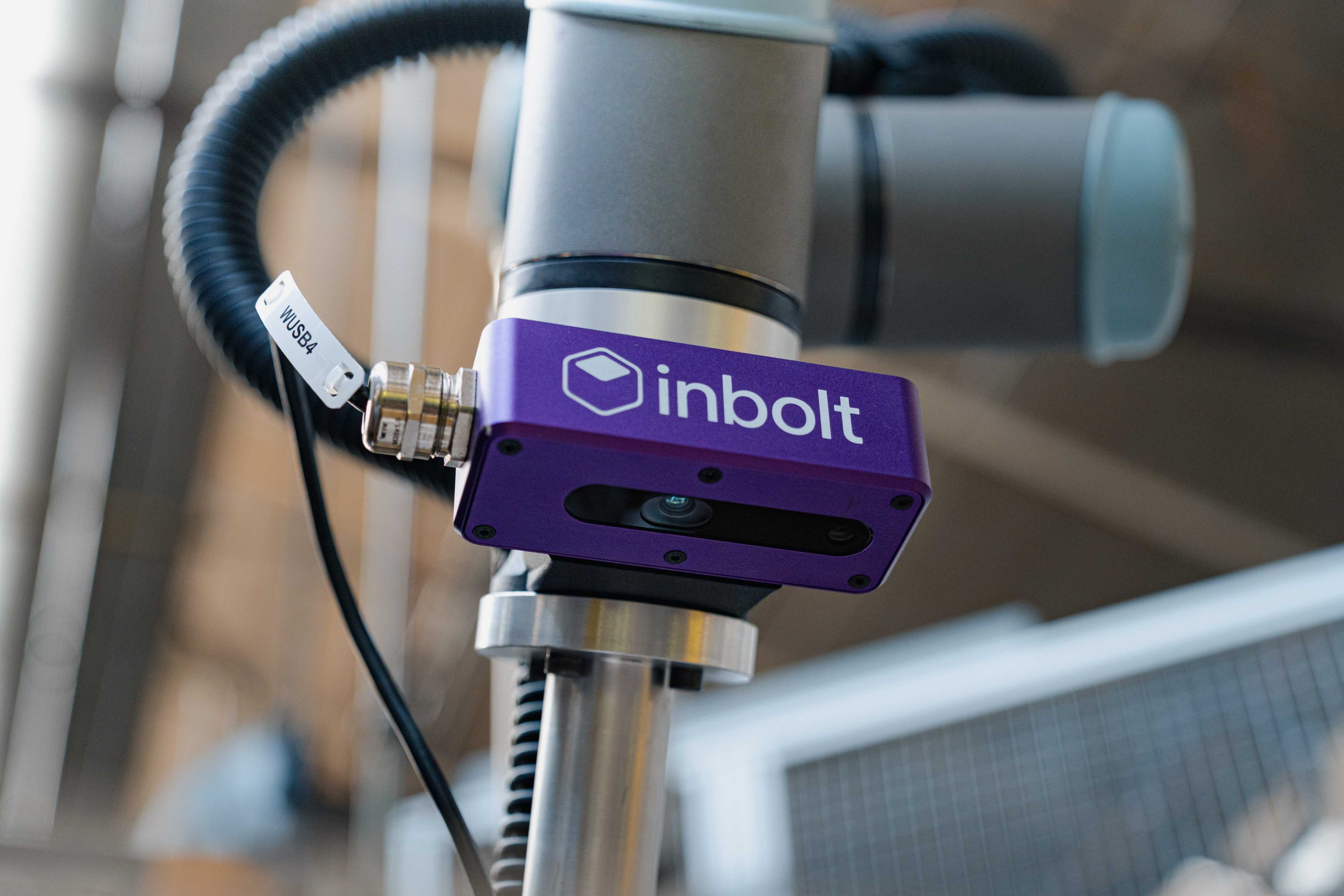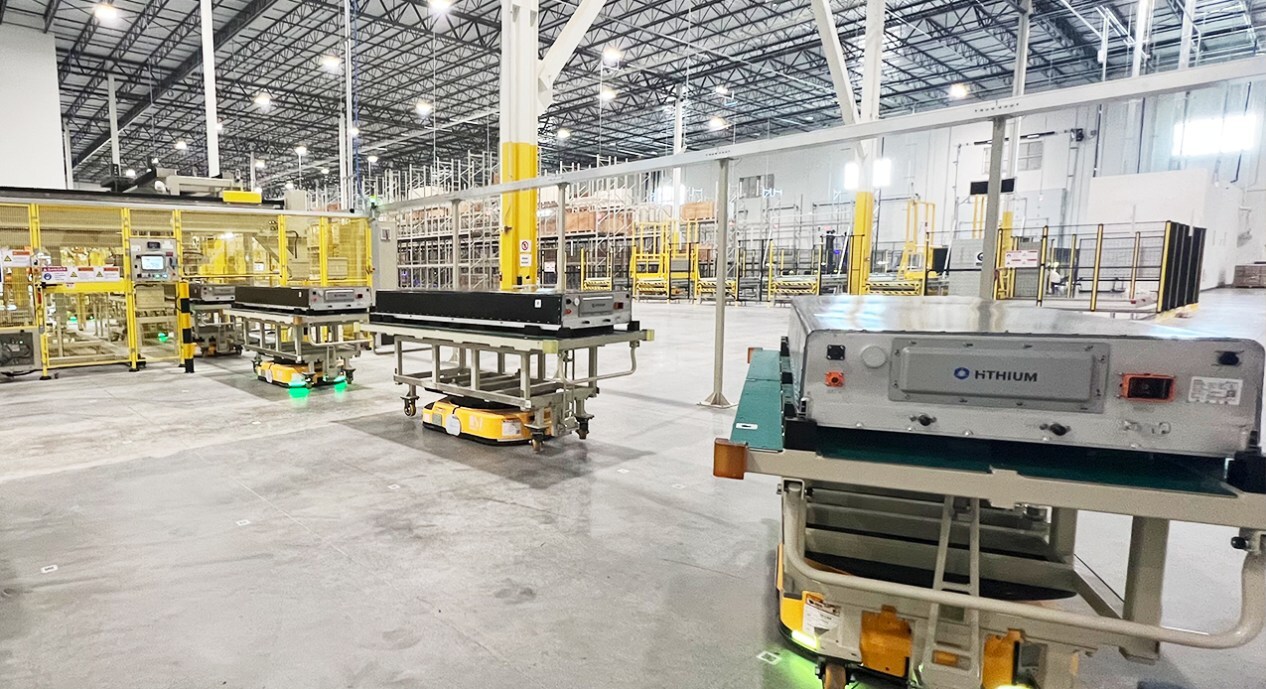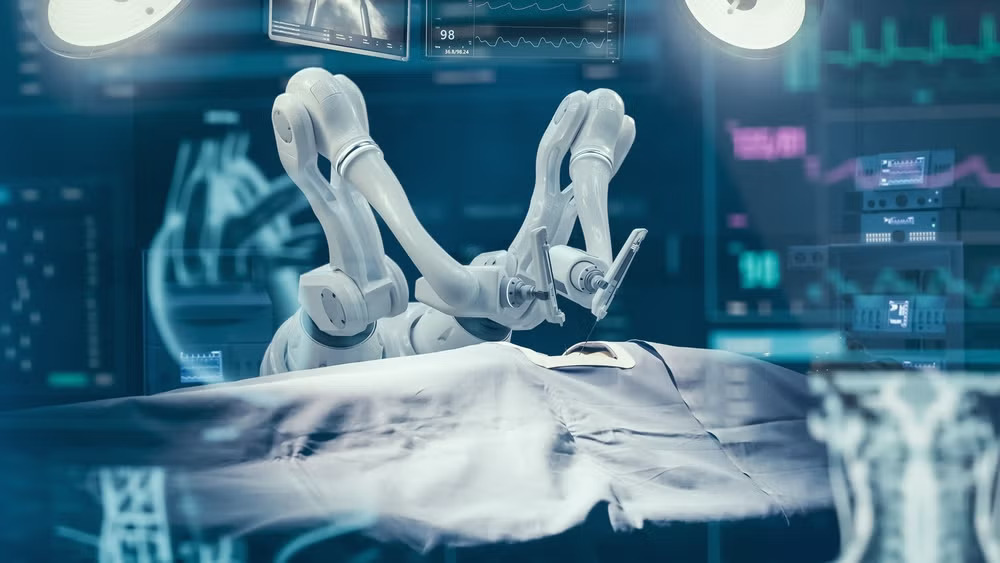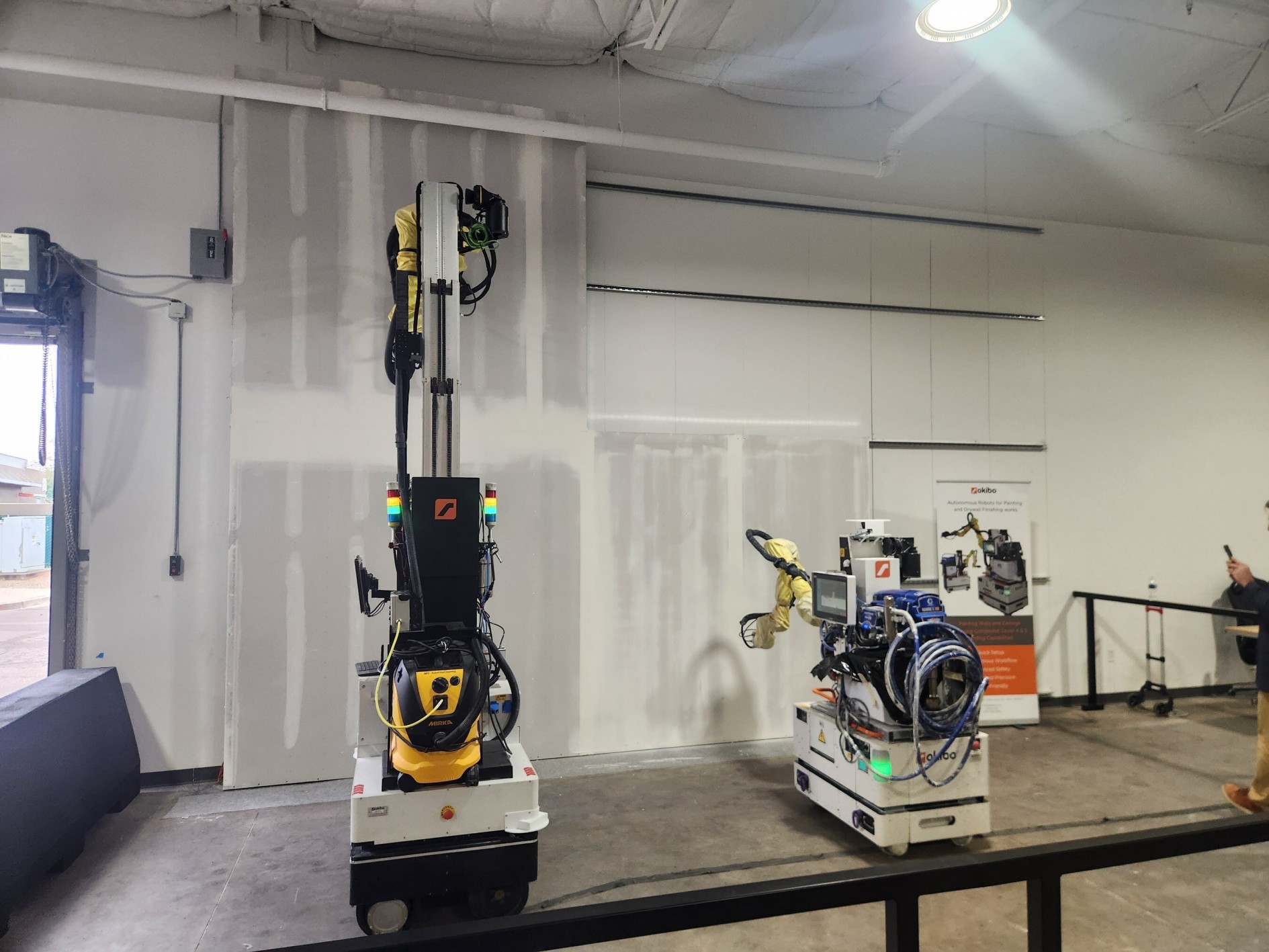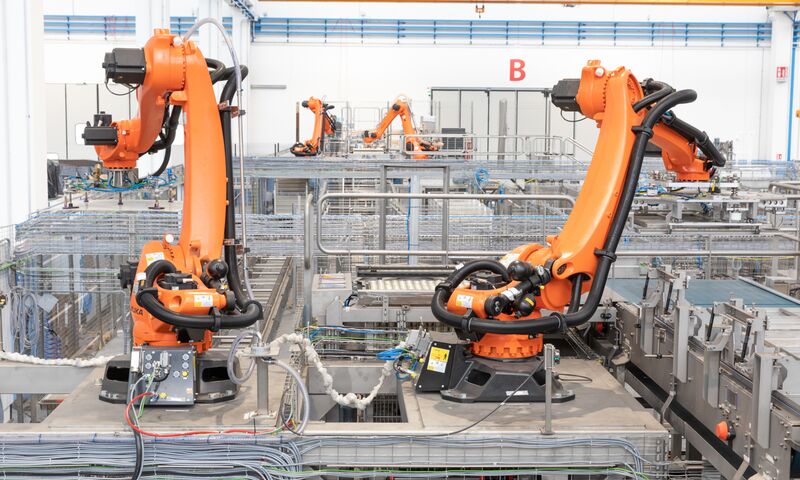KUKA trains AI chatbot with countless programming codes
The AI chatbot was fed with countless data by KUKA. There is plenty of it, as the Augsburg-based company uses its inhouse programming language 'KUKA Robot Language (KRL)' which has been on the market for decades. The AI model is trained with all these robot programs. In the next step, KUKA is working on passing the AI chatbot on to customers so that experience can be gathered on how customers formulate a voice command to the robot.
Swisslog's AI model recognizes waste and distinguishes shampoo from shower gel
Food companies such as REWE, drugstore giants such as DM and companies from the pharmaceutical industry are among the customers of Swisslog, KUKA's Swiss intralogistics company.
On average, these customers have several 10,000 different products in their assortments, packed in bags, boxes or even without outer packaging. "Every day, these different items have to be picked, i.e. put together for a customer or delivery order - and as error-free as possible," says Niklas Goddemeier. He is Head of Research & Development at the Robogistic Product Center at Swisslog. "To ensure that the individual products are put together correctly and that no leftover packaging finds its way to the customer, we have trained an AI model so that it can not only recognize waste, but also distinguish shampoo bottles from shower gel bottles."
AI, camera and robot: perfect interaction for higher quality
ut the AI model alone is not enough. The Swisslog product ItemPiQ is used. ItemPiQ is an AI and camera-supported item picking robot. It can change its gripper autonomously and thus adapt to different packaging and products. Swisslog has been working for some time on using AI models to improve gripping quality.
AI support is a natural choice for image-based robot systems. The only question that remains at the moment is: how do I allow such systems to continue learning? In summer, the customer probably has a lot of products in bags, in winter in boxes. So how do you ensure that the AI doesn't forget how the gripper on the robot arm has to grip boxes in winter? This topic of "model updates" is currently still on many people's minds.


